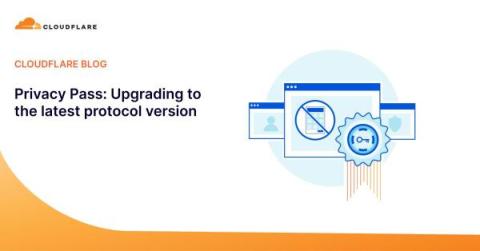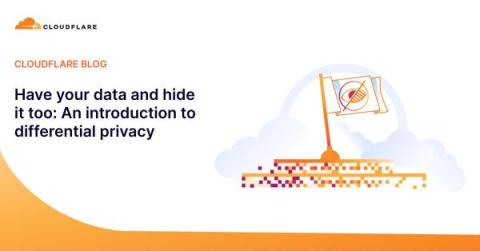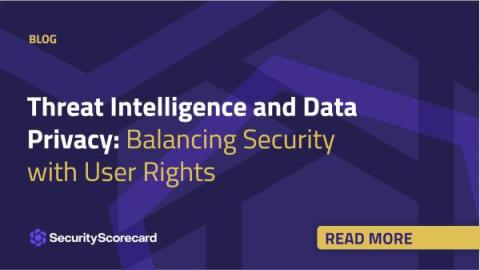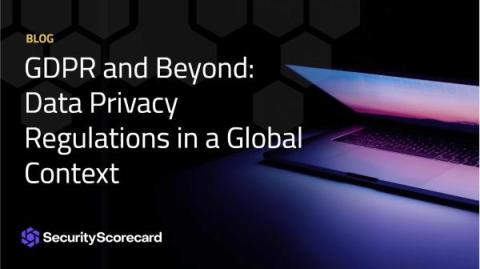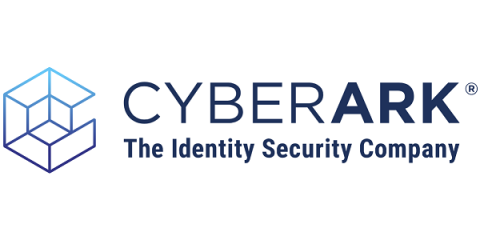Privacy Pass: Upgrading to the latest protocol version
The challenge of telling humans and bots apart is almost as old as the web itself. From online ticket vendors to dating apps, to ecommerce and finance — there are many legitimate reasons why you'd want to know if it's a person or a machine knocking on the front door of your website. Unfortunately, the tools for the web have traditionally been clunky and sometimes involved a bad user experience.


